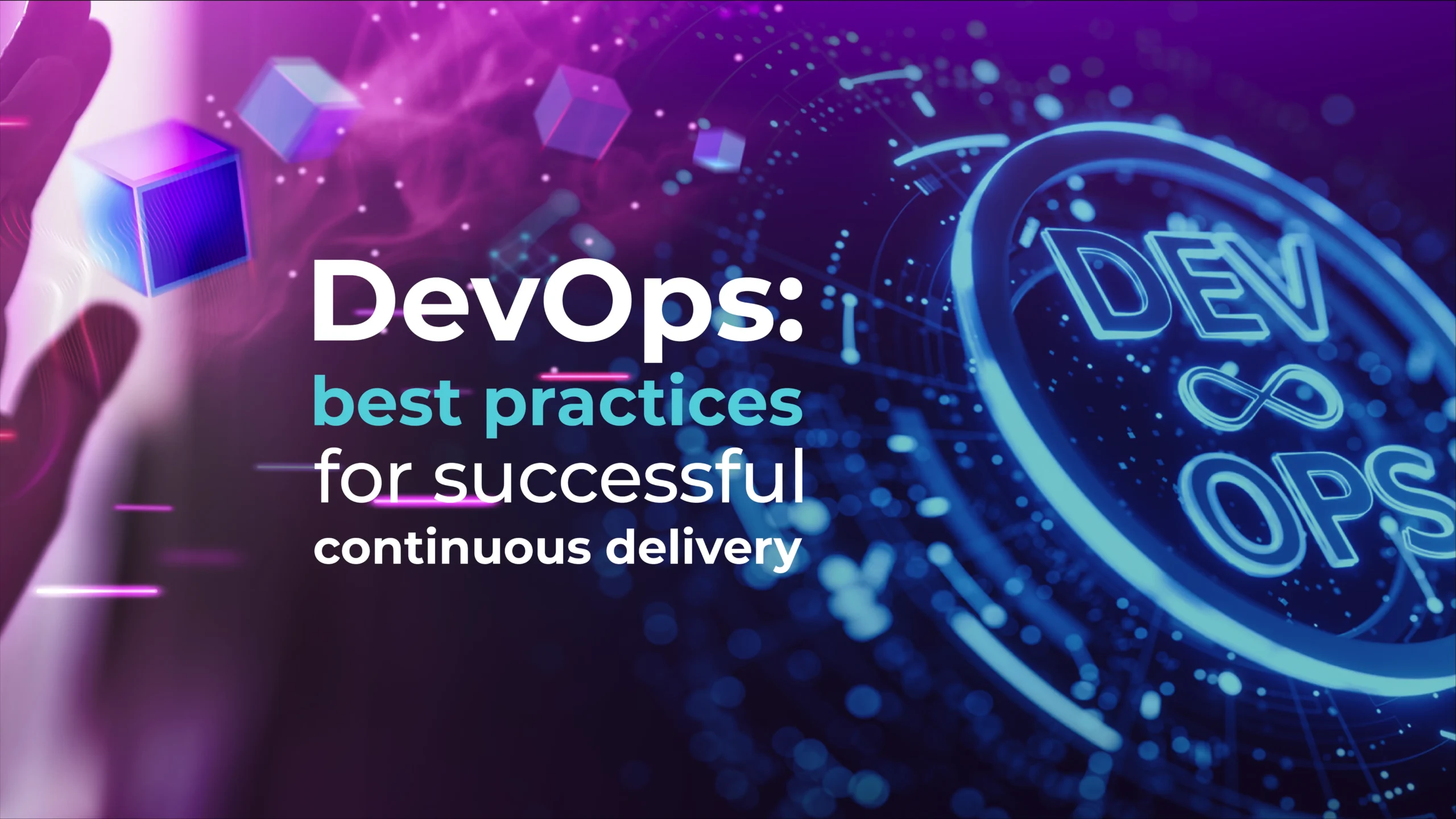DevOps has become the engine of continuous delivery. In a world marked by accelerated times and the need for high quality in everything that is delivered, this integration methodology seeks to ensure that solution development, release and iteration are not separate parts, but integrated elements of the same process.
But implementing it is not just about using tools: it requires clear strategies, collaboration and constant adaptation. Here are some of the best practices that can be implemented so that the pipeline doesn’t just work, but can also scale without burning out the team.
1. Automate as much as you can
Automation is at the heart of DevOps. From code integration to production deployments, tools like Jenkins, GitLab CI/CD or Ansible eliminate error-prone manual steps.
Set up pipelines that run tests, security scans and deployments in predefined stages. If something can be done more than twice, automate it.
Even include infrastructure management with Infrastructure as Code (Terraform, CloudFormation). This way, your environment will be reproducible and consistent, avoiding the classic “but it works on my machine”.
Of course: automating does not mean forgetting about human control. Define clear rules for manual approvals at critical stages, such as production releases.
2. Active, not reactive, monitoring
Use tools such as Prometheus, Grafana or Datadog to monitor metrics in real time: application performance, resource usage, response times and errors. Set up proactive alerts that warn users before they notice a problem.
Incorporate centralized logging with ELK Stack (Elasticsearch, Logstash, Kibana) or Splunk. That way, when a failure occurs, you won’t waste hours searching for scattered logs.
But don’t just collect data: analyze it. Apply machine learning to detect anomalous patterns (such as suspicious traffic peaks) and adjust your system automatically. Monitoring should be a source of learning, not just alarms.
3. Promote collaborative culture
DevOps doesn’t work if Development, Operations and Security work in silos.
Break down barriers with cross-functional meetings, shared Slack channels and common goals. For example, if a developer writes code, they must understand how it is deployed and secured.
Implement blameless post-mortems: when something fails, focus on solving the problem, not looking for blame. This builds trust and fosters transparency. Also, use tools like Jira or Trello to make the workflow of all teams visible.
Include Security from the start (Shift Left Security). Tools like Checkmarx or Aqua Security should be part of design discussions, not an afterthought. This way, security is integrated naturally, without slowing down the speed of delivery.
4. Documenting the easy way
Documentation should not be a tedious process. Use accessible formats such as Markdown in Git repositories, internal wikis (Confluence, Notion) or even comments in the code. Prioritize the essentials: how to deploy, configure environment variables, resolve common bugs and key contacts.
Automate documentation generation when possible. For example, Swagger for APIs or Terraform Docs for infrastructure. This ensures that documentation is updated with every code change, avoiding lags.
Include practical examples and avoid unnecessary technicalities. A good document allows a new team member to understand the system in minutes, not after reading 50 pages.
5. Invest in team training
DevOps evolves fast: Kubernetes today, serverless tomorrow. Train your team on emerging tools, security practices (such as Zero Trust) and agile methodologies. Platforms like Udemy, A Cloud Guru or even in-house workshops will keep their skills sharp.
Encourage certification in key technologies (AWS, Azure, Kubernetes). It not only enhances team capabilities, but also attracts talent. Also, encourage role rotation: have a developer collaborate on operations tasks, or a security engineer participate in story refinements.
Don’t ignore soft skills. DevOps requires effective communication, stress management and adaptability. Invest in training that balances the technical with the human. A team that learns together, scales together.
6. Apply an agile methodology
DevOps and Agile are like coffee and milk: together they work better. Use short sprints (2-3 weeks) to iterate fast, with clear deliverables in each cycle. Tools like Scrum or Kanban help visualize progress and adjust priorities in real time.
Integrate DevOps into Agile ceremonies. For example, in daily standups, include updates on pipeline status or recent incidents. In retrospectives, analyze what worked and what didn’t in continuous delivery.
But be flexible: not all parts of the process fit into sprints. Monitoring or infrastructure management may require continuous flows.
7. Collect feedback continuously
Feedback is the thermometer of your pipeline. Use user surveys, satisfaction metrics (such as NPS) and production error data to improve. Tools like Hotjar or Sentry capture how users interact with your application, revealing blind spots.
Involve the entire team in analyzing feedback. For example, if frequent deployments generate stress in Ops, you may need to adjust the frequency or improve automated tests. Feedback should be bidirectional: from users to the team and vice versa.
Don’t just look at the data: act. Prioritize improvements in the backlog and communicate changes to stakeholders. A feedback cycle without action is like a car without gas: it makes noise, but does not move forward.
These best practices are textbook elements that all organizations, in one way or another, integrate as best they can in a way that does not delay or alter their work process too much.
We invite you to develop your own practices according to the projects you manage. If you adapt them appropriately to your day, we are sure that your efficiency will skyrocket.
